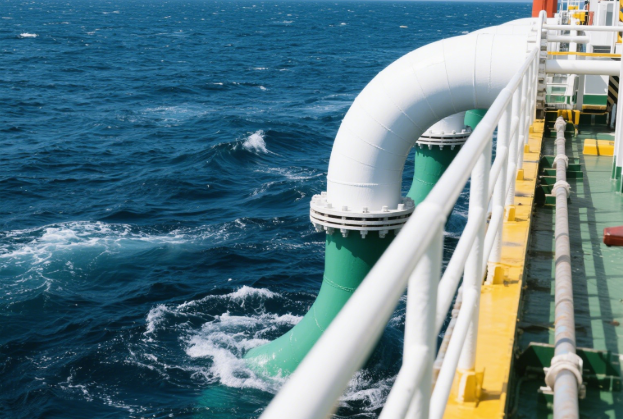On April 10, 2025, Japan launched the twelfth round of nuclear contaminated water discharge, with a single discharge of 7,800 tons and a cumulative total of more than 86,000 tons, and in 2025 it plans to discharge 54,600 tons. Radioactive substances such as tritium and cesium-137 are spreading through ocean currents, and the concentration of cesium-137 in the sea off Zhejiang Province of China has surged by 300%, while strontium-90 in the body of the swordfish on Jeju Island of South Korea has exceeded the standard by 11 times. Plutonium-239 in deep-sea sediments has a half-life of 24,000 years, forming a “time bomb on the seabed”; tritium will arrive in the Gulf of Alaska within 18 months, and when superimposed on previous discharges, it could disrupt the Pacific food chain.

Leave a Reply